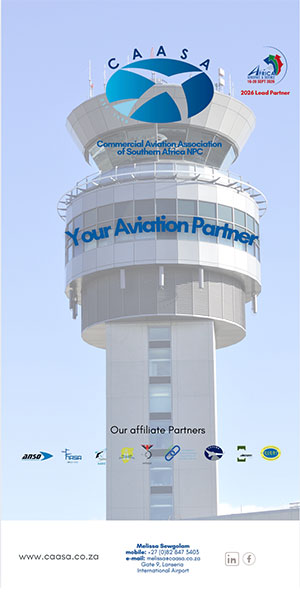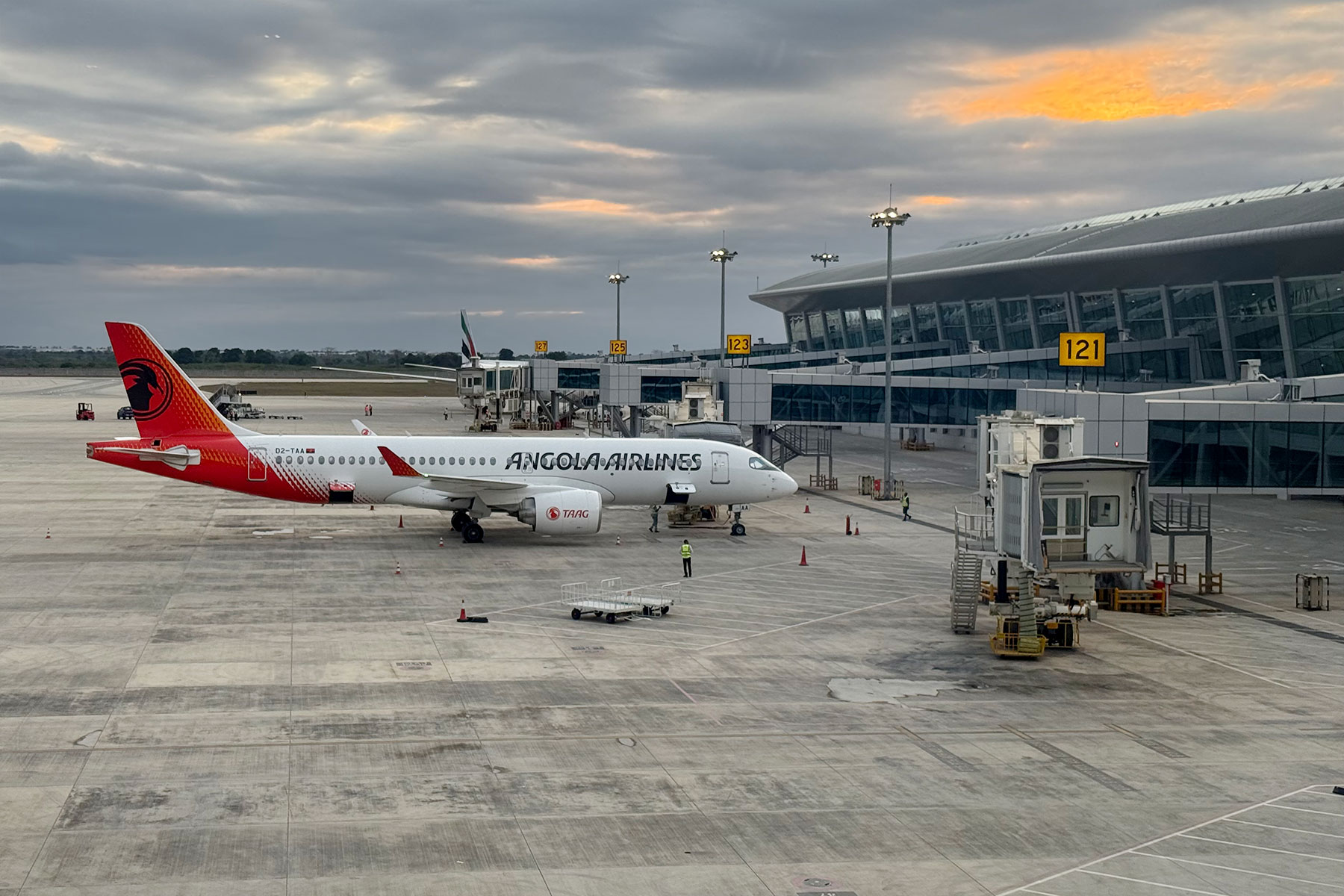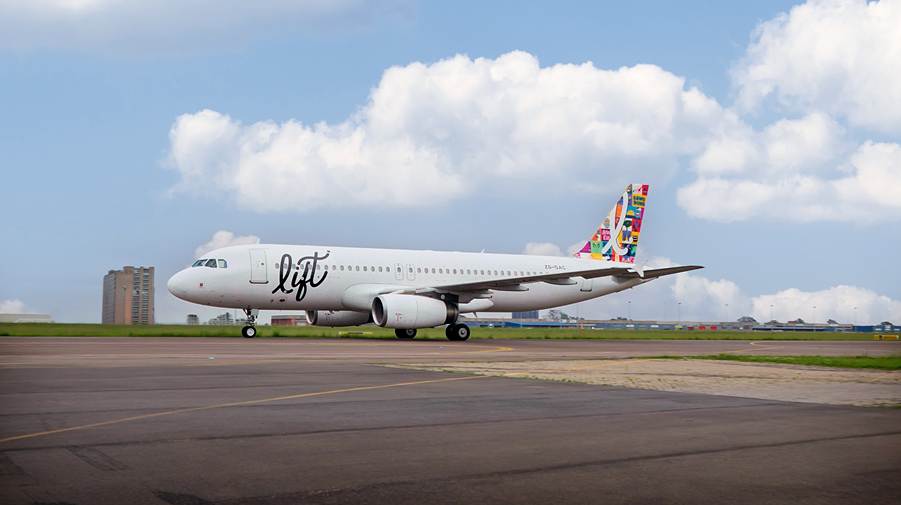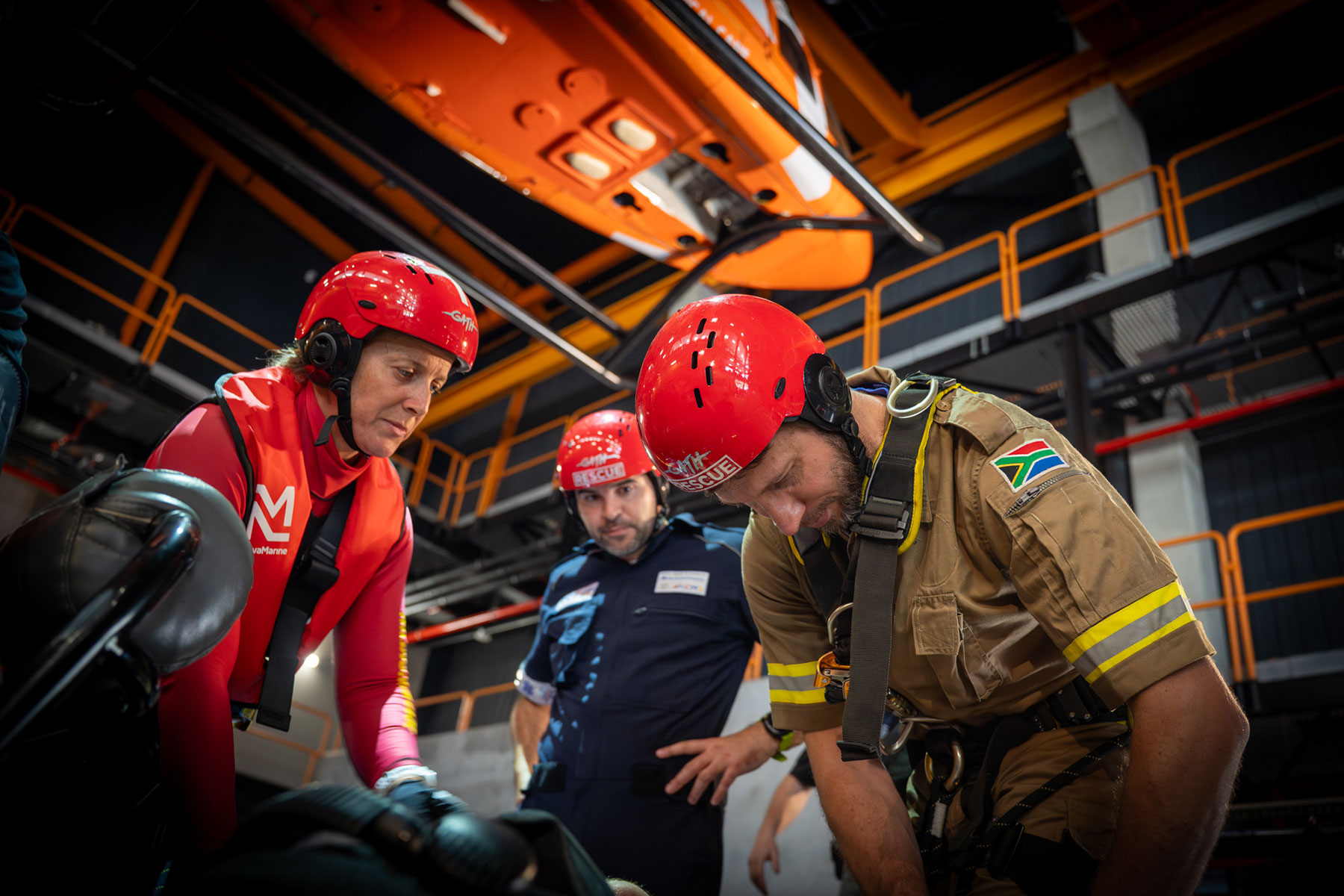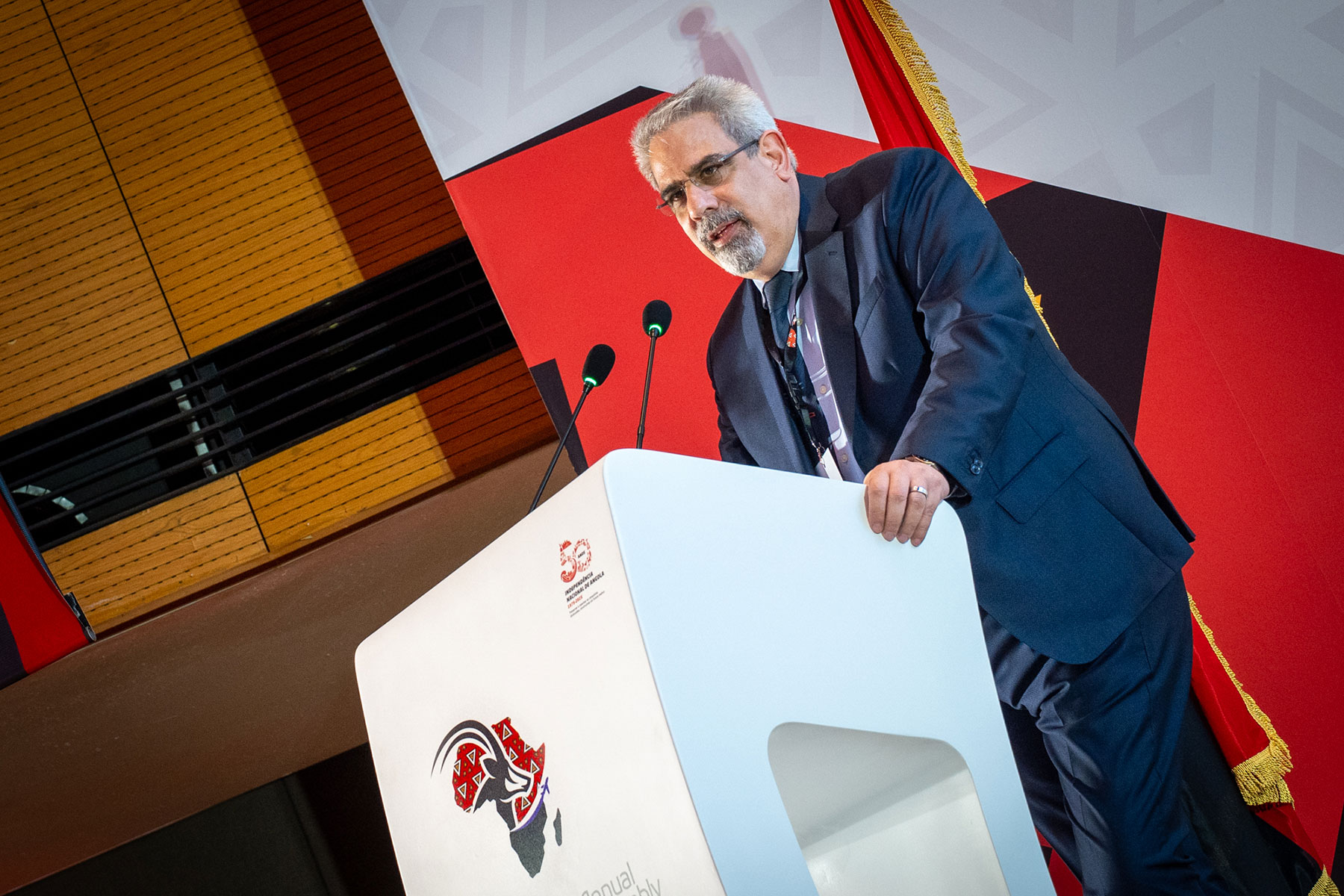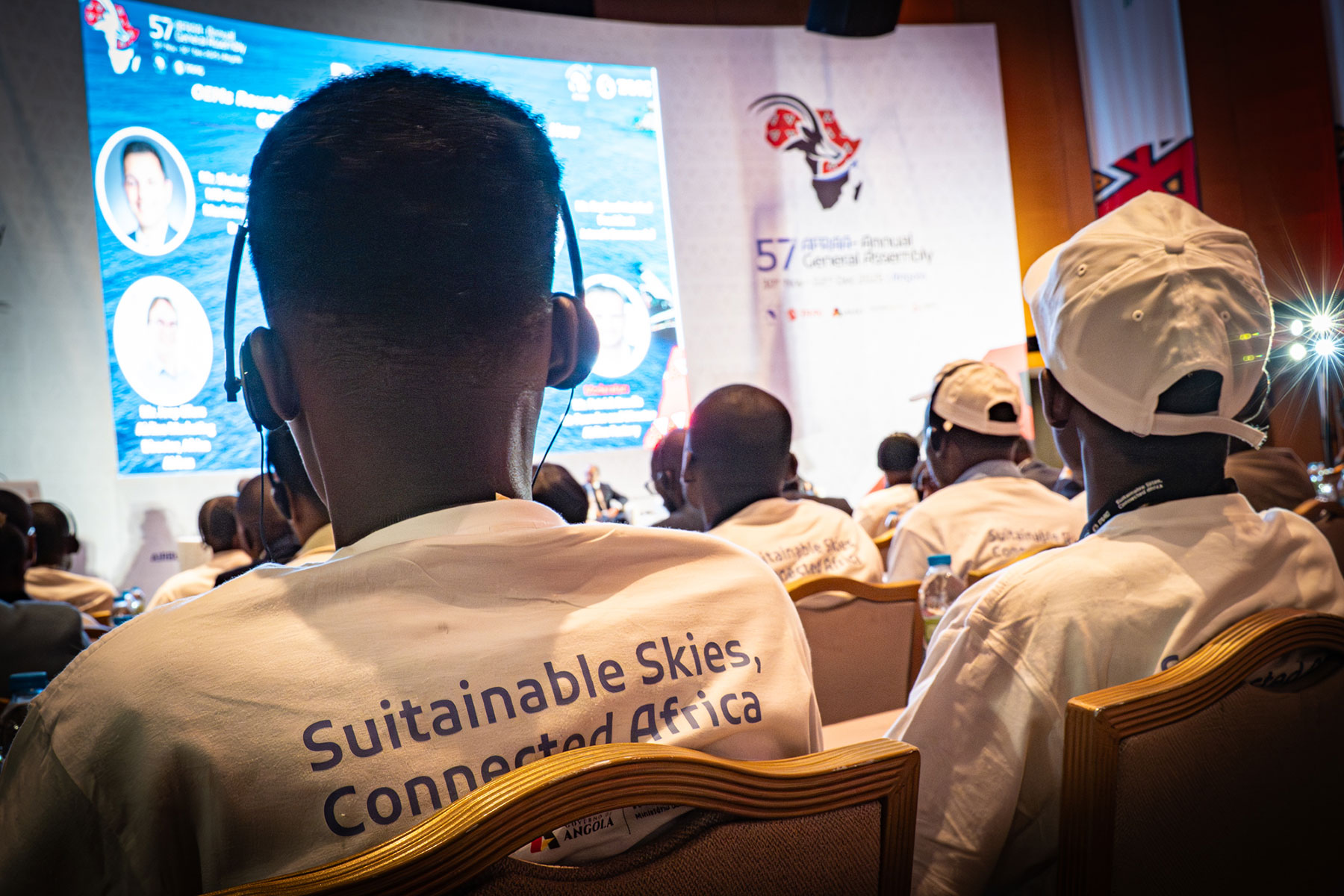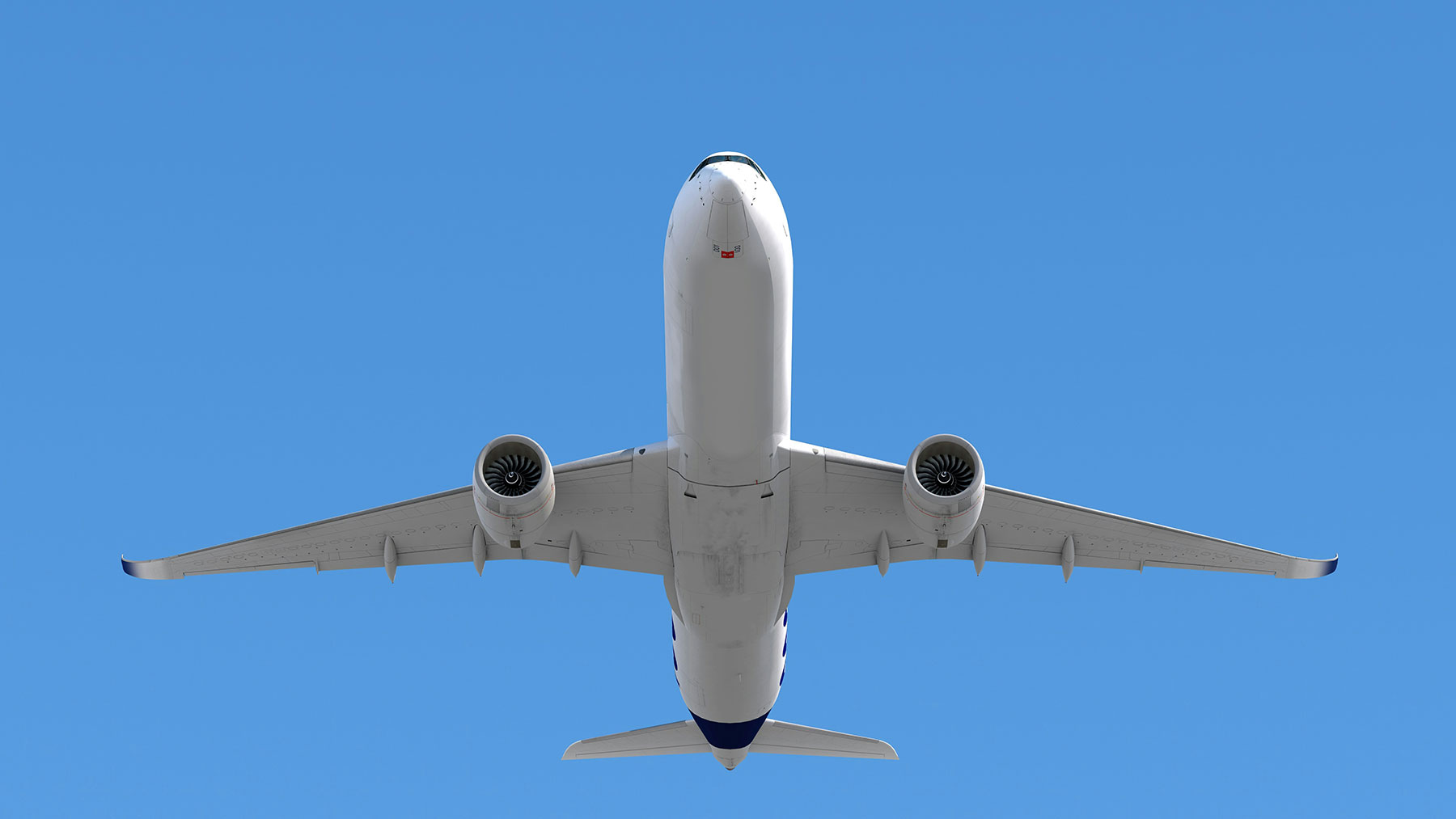Issued by the AIC 18.19 Task Team under the collective auspices of the Commercial Aviation Association of South Africa (CAASA), the Aeroclub of South Africa, the Aviation Watch Action Committee, the Aviation Action Group and Concerned Aircraft Owners, Pilots, Engineers and Operators.
Representing the collective aviation industry, including the five major representative bodies in South Africa, the AIC 18.19 Task Team is now resorting to urgent legal action. This action will be instituted after high-level talks at the pinnacle of aviation governance took place with a view of resolving the impasse in an amicable manner and get the over 1400 planes and helicopters effectively grounded by the dreaded 12-year engine overhaul decision, airborne again. Despite engaging in such discussions, and receiving no response, the Task Team has exhausted all possible options to obtain relief.
The Director of Civil Aviation (DCA) has on 19 June 2025, insofar as Part 43 is concerned, signed the new South African Civil Aviation Technical Standards (SA-CATS) into law, without the proposed amendments discussed at the Civil Aviation Regulations Committee (CARCOM) being legislated through the associated South African Civil Aviation Regulations (SA-CARS). The SA-CATS were published in the Lexus Nexus, before follow-up discussions with the Hon. Minister of Transport, Mrs. Barbara Creecy, on 26 June 2025 could lead to a possible resolve.
The current situation constitutes the worst existential threat that the country has ever faced in terms of aviation and the multiple dependent economic sectors. International connectivity may well be at stake. According to owners of aviation concerns, notices of layoffs have already been issued. Some have begun closing their doors, pending the outcome of the legal action. Aircraft cannot be exported except with a valid Certificate of Airworthiness (C of A) to or from the country of dispatch, which the new ruling renders effectively impossible.
The basis of urgency has been firmly established in lieu of the no longer imminent but immediate and irreversible harmful impact taking place countrywide. Calls have been streaming in from far and wide from workshops experiencing the mounting crisis as untenable, as they are unable to sign off planes and helicopters after routine and compulsory maintenance.
The uncertainty brought about by the ruling that prevents pilots and owners from continuing to operate planes and helicopters with engines that have not been completely overhauled in the previous 12 years, is taking an escalating toll. Many more aircraft are expected to be constructively and effectively grounded within a matter of days. The SACAA has recently presented evidence of 1372 aircraft being affected, resulting in inactivity of such aircraft. The number is growing.
The current crisis is aggravated by the lack of capacity of local engine overhaul facilities to deal with the sudden massive demand for overhauls. USA-based original equipment manufacturers of Textron Lycoming Engines and Teledyne Continental Motors already deal with excessive worldwide demand. Lead times for parts are considerable, while order times for new engines are 31 months.
Subject-matter experts maintain the rapidly evolving crisis could have been averted by good sense and sensibility on the part of the Regulation and Technical Standard makers. Experts, both locally and abroad, unanimously insist that the alternative procedure that has been in place for 20 years is far safer than performing overhauls arbitrarily once every 12-years prior to obligatory Time Between Overhaul (TBO) engine-hourly periods and then to carry out a major overhaul regardless of the actual engine condition or empirically assessed fitness for use.
Industry Faced with Over R2 Billion in Direct Costs
The new indiscriminate ruling, issued after two consecutive 180-days exemptions and despite being hotly contested, will, unless revoked, now cost owners of aircraft with Teledyne-Continental and Textron-Lycoming engines between R1.0 m and R1.6 m each per premature overhaul. The very high costs per engine depend on complexity. Additional costs associated with removal and refitment of engines, such as Airworthiness Directives, Service Bulletins, etc. applicable to airframes, loss of use and extended downtimes must be added to the continuous maintenance that needs to be conducted, such as annual Mandatory Periodic Inspections (MPIs) and calendar-related parts that would need to be maintained. The total direct costs of overhauling the engines will conservatively amount to over a staggering R2.0 bn, which will undoubtedly force numerous owners to abandon their aircraft, as nobody would buy a commodity considered unfit for use.
At this stage, the so-called ‘war chest’ is still filling up with sufficient funds legally required to pursue the application. The organisers remain hopeful that, notwithstanding all indications to the contrary, intervention by the Hon. Minister of Transport, Mrs. Barbara Creecy, might permanently restore the situation to normality and avert the need for an injunction.
Some aviators infer that, compelled by the need to use their aircraft in the pursuit of business and other vital interests, they have no choice but to fly in contravention of the ruling, unless specifically notified that Certificates of Airworthiness (C of A)’ have been withdrawn. Their only ‘caveat’ would supposedly be permission from the insurance brokers or underwriters. The AIC 18.19 Task Group maintains that such flights would be ill-advised, as only the relevant authorities have the locus standi or legal standing to make such a decision. Whomsoever presumes to issue such permission to fly should be aware that liability could become culpability in case of an accident involving serious or fatal injuries.
The direct losses suffered by the industry could pale in comparison to the knock-on effects that would be experienced by a vast number of economic sectors, including the South African Civil Aviation Authority (SACAA) whose income is an Activity-Based Costing (ABC) model.
The Task Team has conveyed its resolve to reimburse donors on a pro rata basis should any funds remain in the trust account after final relief has been obtained.


